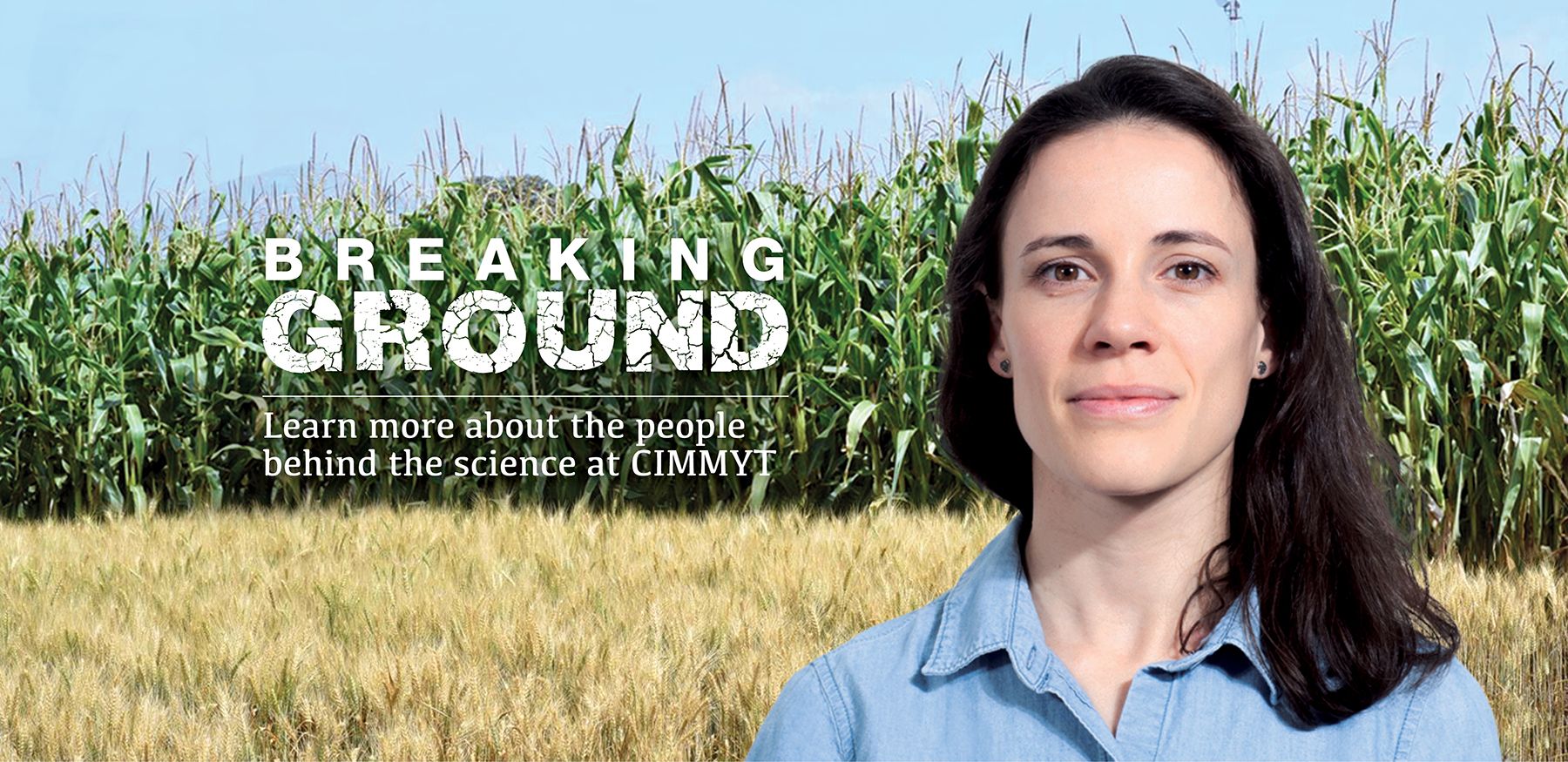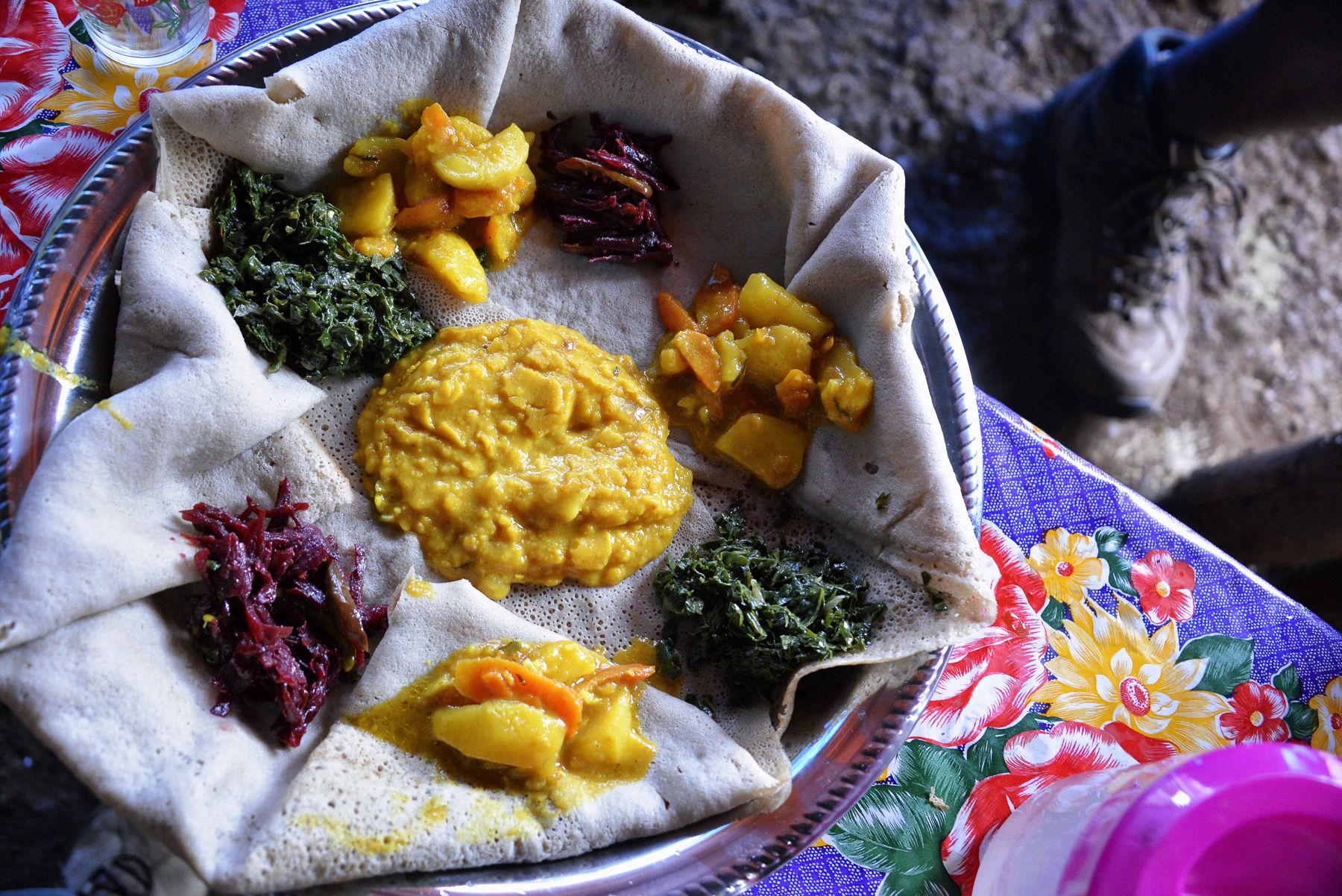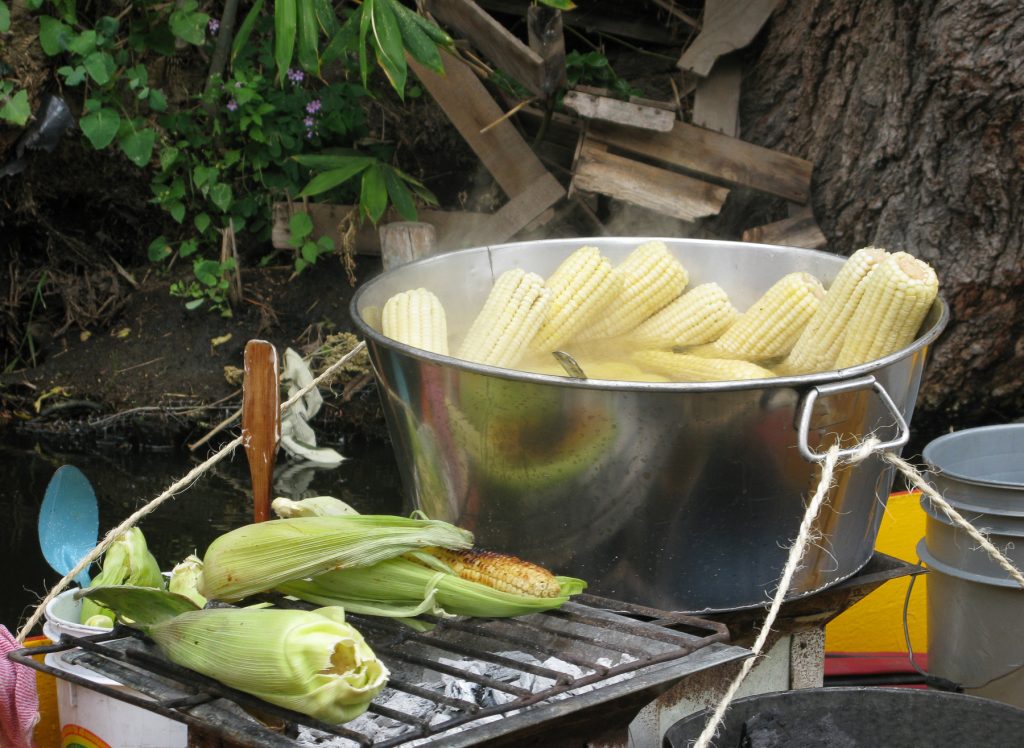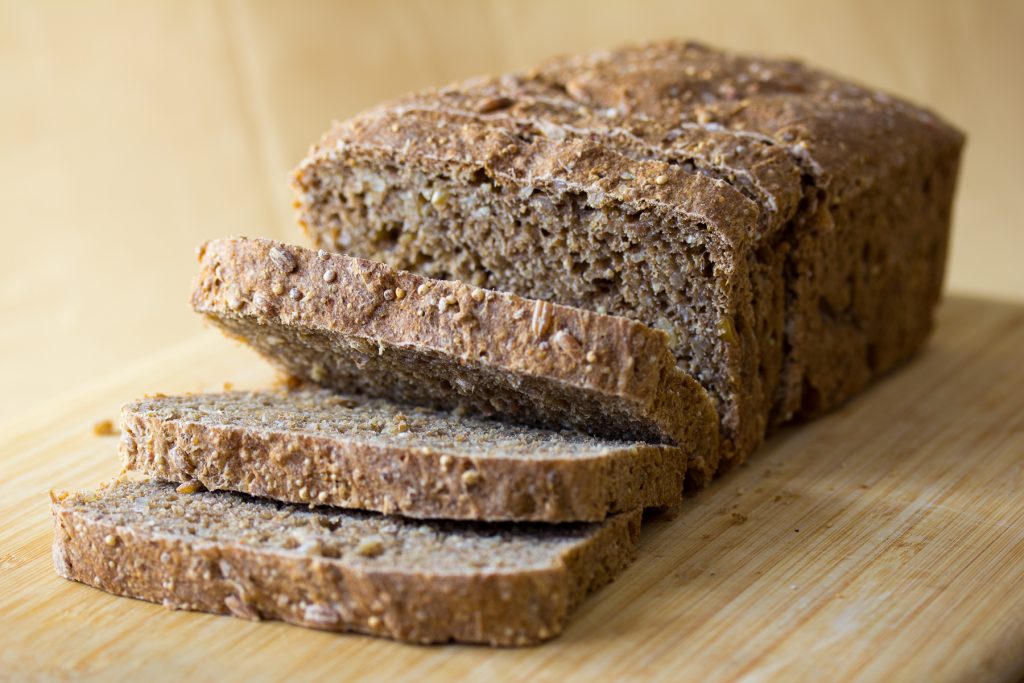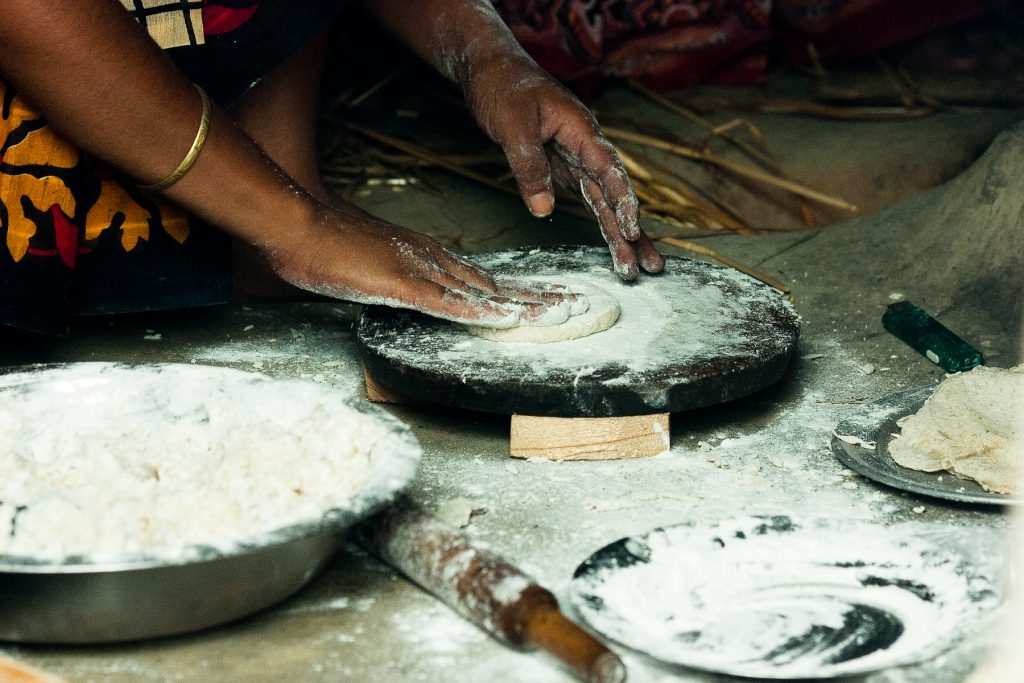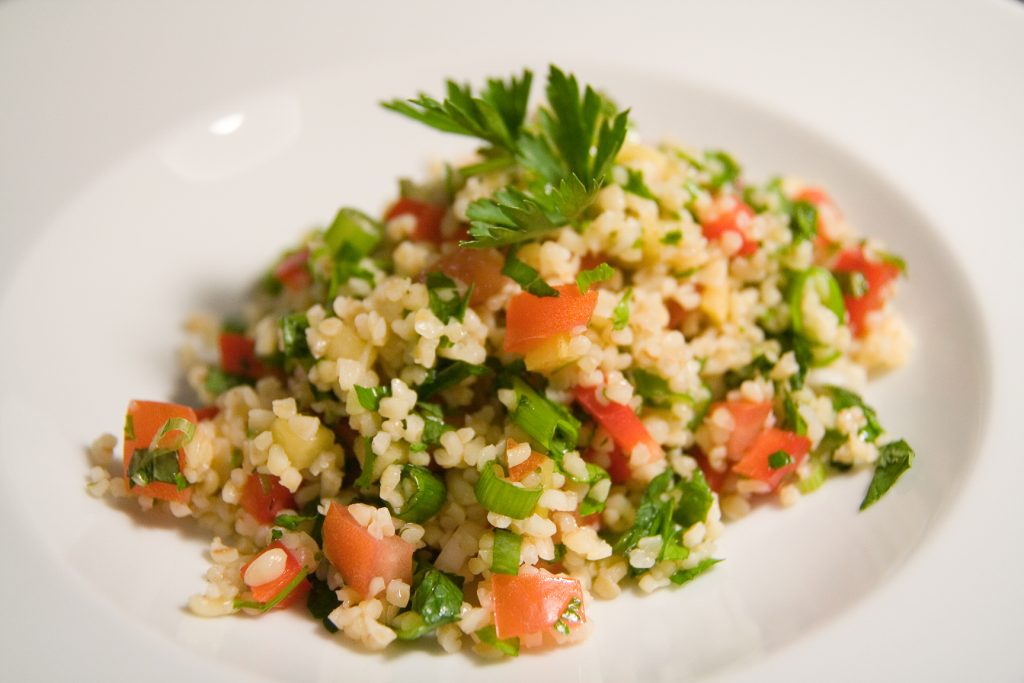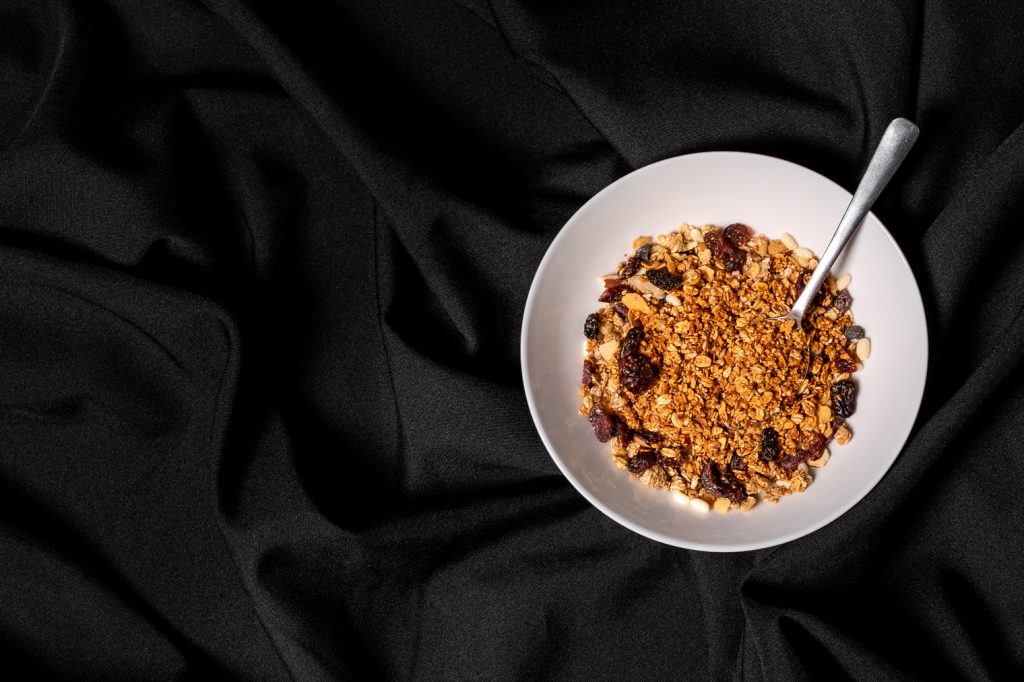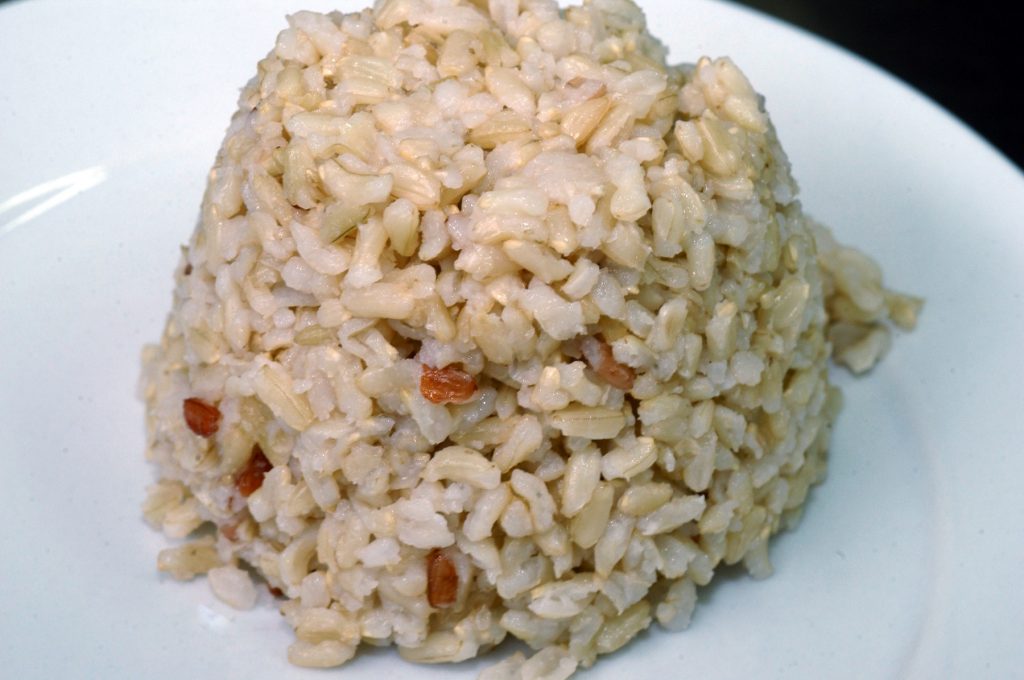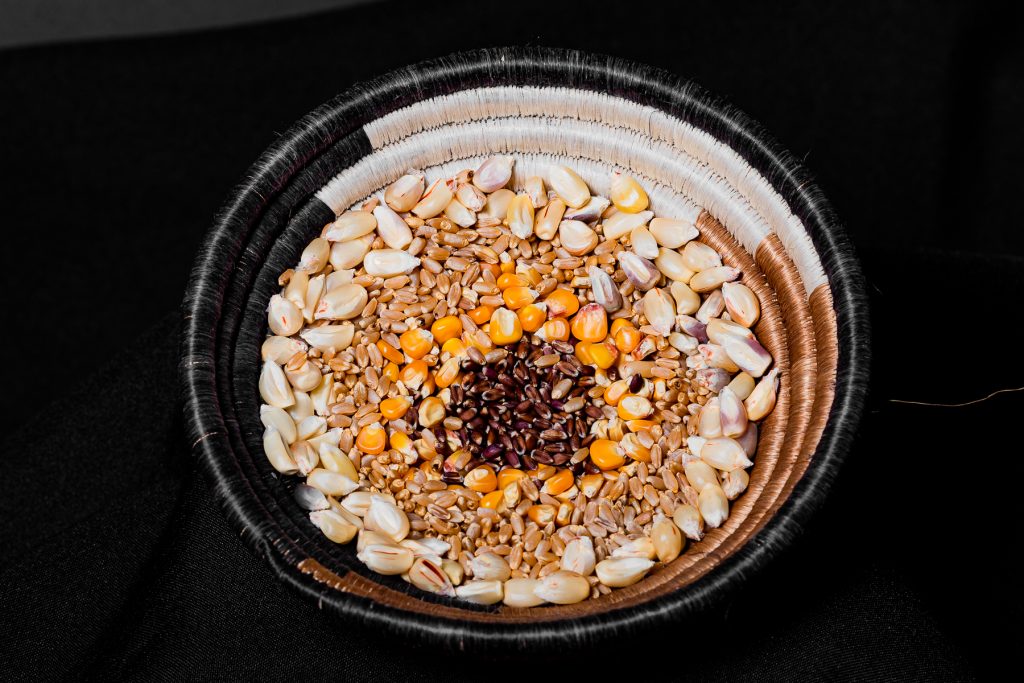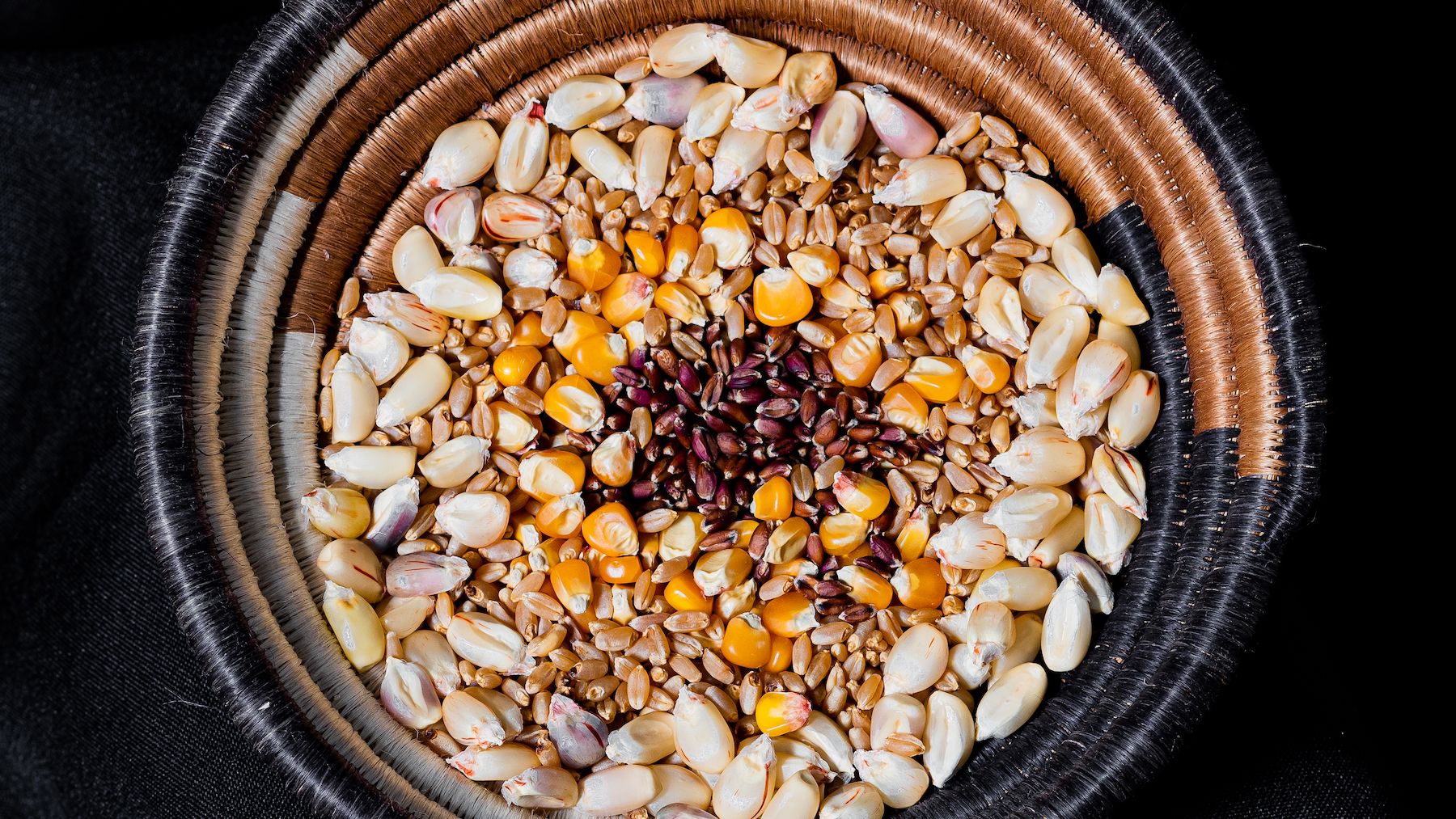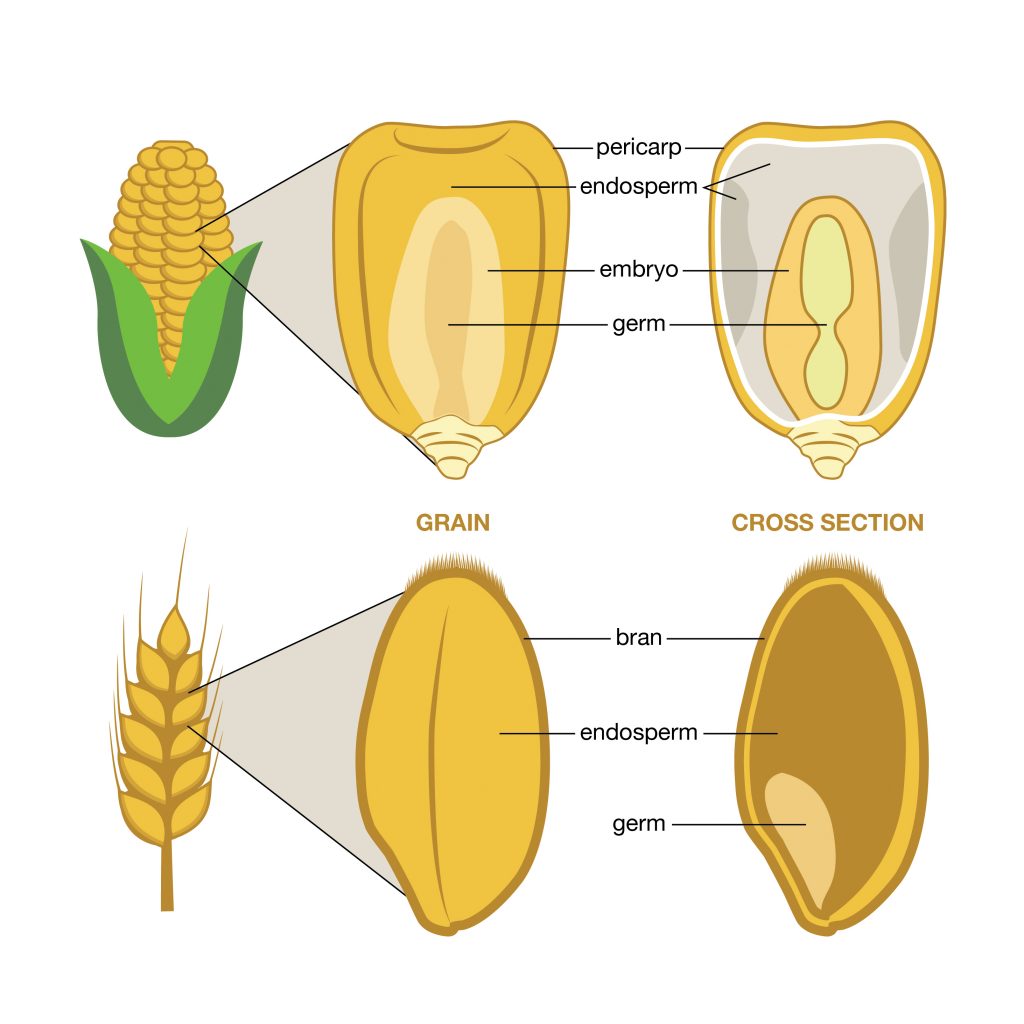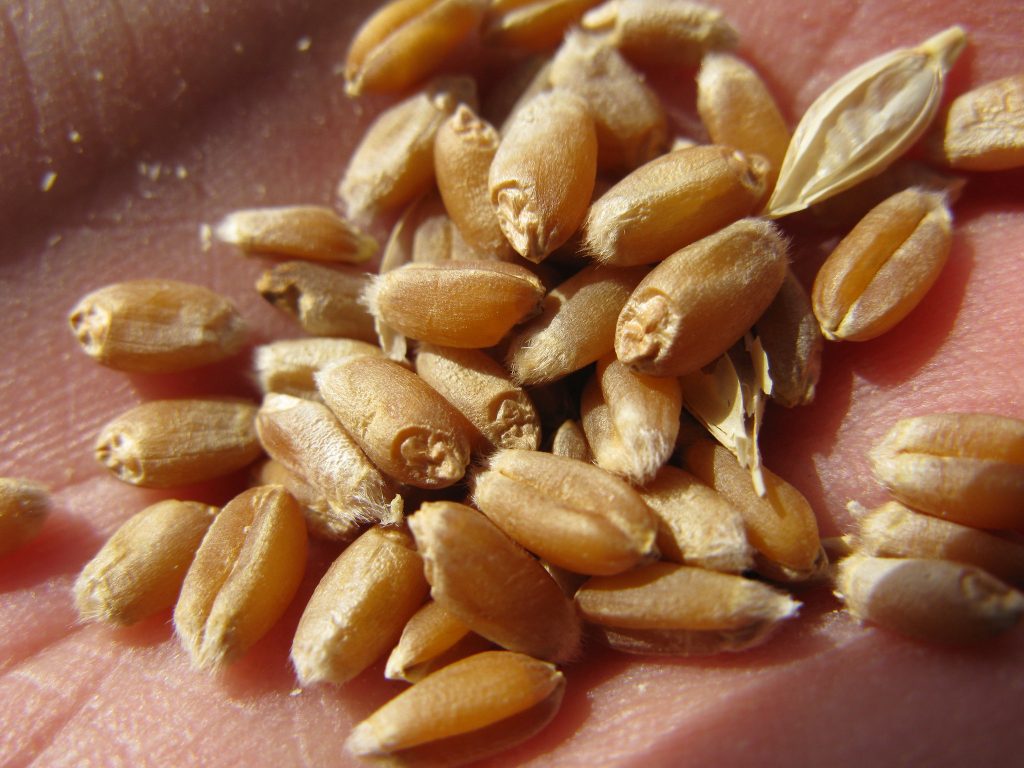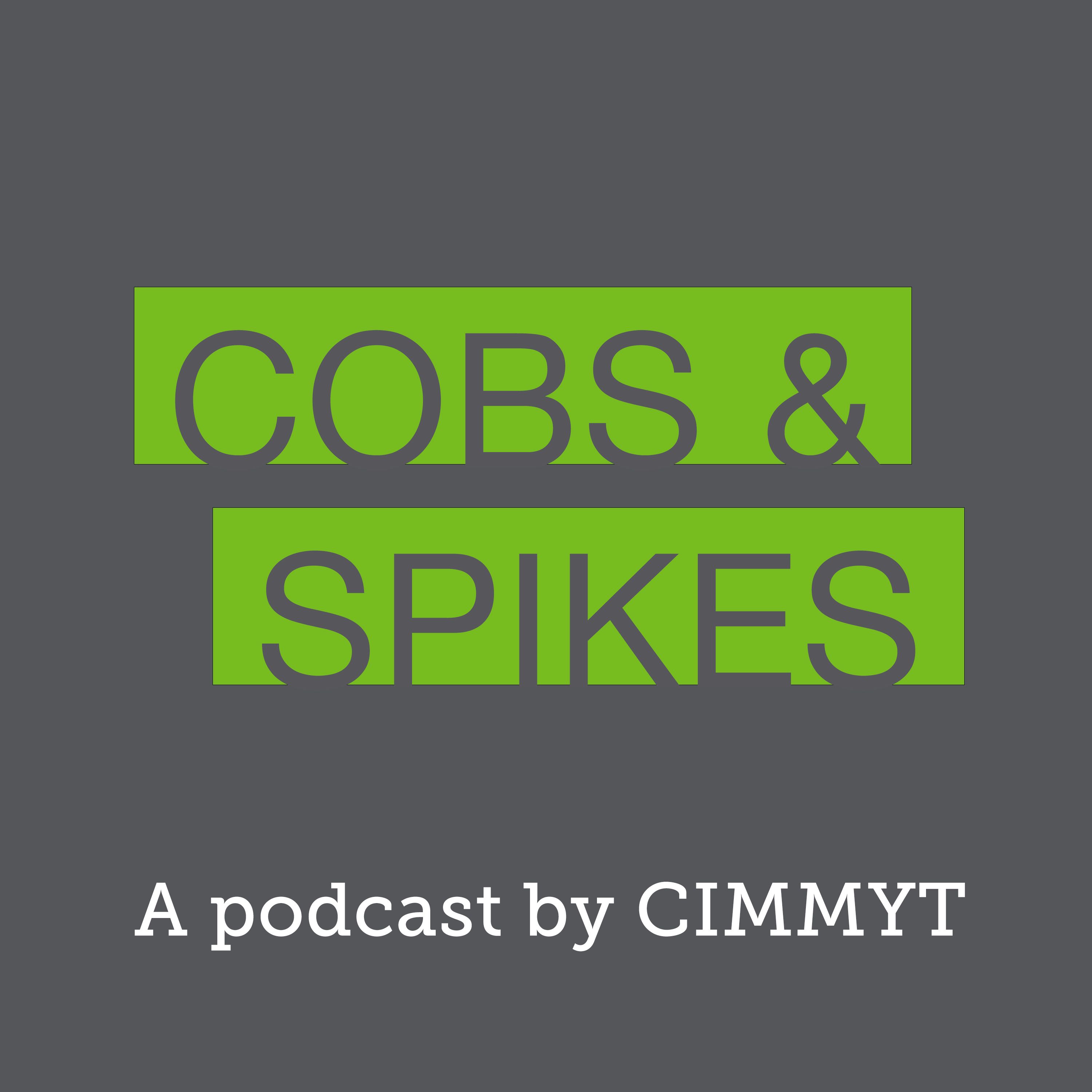Breaking Ground: Maria Itria Ibba and the lab that bakes bread
The rising and shifting demand for wheat, with rapid urbanization and increasingly globalized food markets, is pushing farmers more than ever to produce high-quality grain, according to the scientist who leads wheat quality research in the world’s foremost publicly-funded wheat breeding program.
“Wheat quality is becoming more and more important, as the industrial production of bread and other wheat-based foods increases to meet the demands of city dwellers, working women, and wheat consumers in wheat-importing countries,” said Maria Itria Ibba, head of the Wheat Chemistry and Quality Laboratory at the International Maize and Wheat Improvement Center (CIMMYT).
“Companies that produce and market food for such consumers demand high, consistent quality in grain they purchase and we have to help wheat farmers to meet stringent requirements.”
This is so important that CIMMYT’s Global Wheat Program — whose contributions figure in more than half of the wheat varieties released worldwide — directly uses lab data on milling, processing and end-use quality to decide which bread and durum wheat lines to move forward in its breeding programs, according to Ibba.
“Assessing quality is a huge task, because wheat is used to make hundreds of different foods, including all kinds of leavened bread, flat breads, pastas, noodles and steamed bread,” said Ibba. “Our lab is an integral part of breeding, analyzing thousands of grain samples from thousands of wheat lines each year for nearly a dozen quality parameters.”
Cut out for quality
A native of Viterbo, Italy, Ibba has led the Wheat Chemistry and Quality Laboratory since 2019 and is uniquely qualified for the job, with a bachelor’s degree in biotechnology, a master’s degree in biotechnology for the safety and quality of agricultural products — both from the University of Tuscia, Viterbo — and a doctorate in crop science from the Washington State University. Her Ph.D. dissertation addressed “low-molecular-weight glutenin subunit gene family members and their relationship with wheat end-use quality parameters.”
With a mother who studied medicine and a father who worked at the Italian Space Agency, Ibba said that in school she always enjoyed science subjects such as biology and chemistry. “They were easy for me to understand and I really liked how, after studying them, I was able to explain and understand many things around me.”
Ibba said the biggest challenges for her and her lab team are to understand wheat quality needs and conduct faster and better analyses.
“Several of the tests we do are expensive, time-consuming, and require skilled personnel and significant amounts of grain,” she explained, citing the use of exotically named devices such as the “Quadrumat Senior mill,” the “mixograph,” and the “alveograph,” to list a few. “We’re continuously looking for novel methods that are quicker, use smaller samples of grain, and with lower costs.”
Understanding the biochemical and genetic bases of wheat grain and flour quality traits is key to this, according to Ibba, but wheat quality traits are so complex genetically that DNA markers are of little help in breeding. “We’ve begun to explore whole genome selection for wheat quality traits, in collaboration with Kansas State University, but this will never completely replace the laboratory tests.”
Let’s talk health and nutrition
A staple of tours for the hundreds of visitors that come each year to CIMMYT in Mexico, the wheat quality laboratory combines the razzle-dazzle of high-tech devices with hands-on, sensory attractions such as inflating dough balls and freshly baked test loaves.
Ibba’s work includes talking to visitors about wheat, its important history and role in human nutrition and food, and concerns in the popular media regarding wheat and health.
“I think people know more now about what gluten is and its importance, but there is still the need to talk about gluten and wheat so that people can make informed decisions based on scientific facts,” she said. “I was happy to see the recent article from CIMMYT on a review study which, among many other things, showed there was no scientific evidence for the idea that eating refined flour is bad for your health.”
“Wheat provides about 20 percent of calories and protein for more than 4.5 billion people in developing countries,” Ibba pointed out. “There’s an increasing focus on understanding and improving the nutritional quality of wheat and its products because of the greater overall interest in diets and in the nutritional value of diverse foods.”
